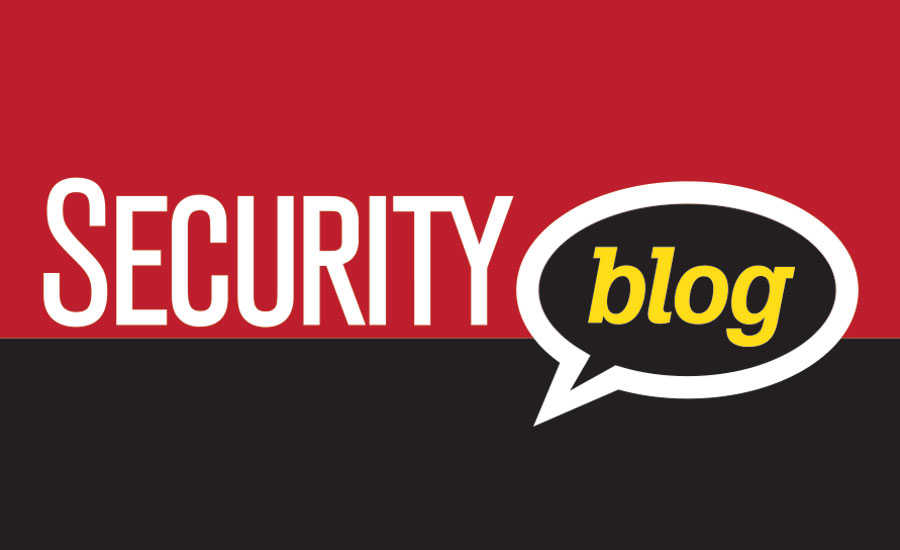Family Affiliated Terrorism: Fathers and Sons

Patriarchs have a strong influence on the level of radicalization and recruitment of family members. This premise is based on my research of over one hundred cases of family affiliated terrorism, which found this terror-kin occurrence arose in 15/138 cases or 10.87%. Several examples of this subset of family affiliated terrorism are worth highlighting.
Particularly noteworthy is the case of Osama bin Laden. Of bin Laden’s twenty-three children, several sons featured prominently in continuing the family’s participation in terrorism. Initially, Saad bin Laden intended to carry the family mantle after his father. However, Saad was killed in a drone strike in Pakistan in 2009. Khalid, another son, was killed along with Osama in Pakistan during the US Navy Seal raid in May 2011. In January 2016, another bin Laden child, Hamza, called to avenge his father’s death: “If you think that your sinful crime that you committed in Abbottabad has passed without punishment, then you thought wrong.”
In January 2017, the US State Department named Hamza a Specially Designated Global Terrorist. Five months later, he released a video entitled “Advice for Martyrdom-Seekers in the West.” With his growing prominence within al Qaeda, Hamza is expected to become its leader. In August 2018, it was reported that Hamza married the daughter of lead 9/11 hijacker Egyptian Mohammed Atta. In doing so, Hamza further solidified his family terror network pedigree. In February 2019, the US State Department’s Rewards for Justice Program announced it was offering up to $1 million for information leading to the identification or location of Hamza. This month, Saudi Arabia announced it was revoking his citizenship.
The role of a patriarch in hastening involvement in terrorism was exhibited with Ahmed Said Khadr’s clan. Egyptian by birth, Ahmed moved to Canada in the 1970s, spent time in Afghanistan fighting the Soviets in the 1980s, and purportedly met Osama bin Laden. He was implicated in the bombing of the Egyptian embassy in Pakistan in 1995, before ultimately meeting his demise in a shootout with Pakistani forces in 2003. Ahmed’s son, Abdul Karim, was paralyzed during the same firefight that killed his father. The following year, Abdul Karim moved to Canada for medical care.
Like his father, Omar fought with jihadi forces in Afghanistan. In 2002, while only fifteen, Omar was wounded during a gun battle with U.S. forces, captured, and later transferred to Guantanamo. In 2010, a U.S. military tribunal in Guantanamo found him guilty of war crimes, including the killing of a U.S. soldier. Two years later, Omar was transferred to a Canadian prison, and released in 2015. In 2017, the Canadian government awarded Omar C$10.5 million after a settlement arising from a Canadian Supreme Court finding that Canadian intelligence operatives used evidence arising from “oppressive circumstances,” while in American custody.
Afghani forces captured another child of Ahmed, Abdurahman, in 2001. Abdurahman was suspected of being affiliated with al Qaeda, spent time in an Afghani prison, before allegedly cooperating with U.S. forces. In 2002, he was trained by the CIA, and then spent time in Guantanamo where he alleges he served as an informant for the agency. The following year, the CIA sent him to Bosnia where he infiltrated al Qaeda recruitment operations that were sending insurgents to Iraq. By fall 2003, he stopped working for the CIA, and returned to Canada. There, he told the media that he was sent to Guantanamo, made his way to Afghanistan and then Bosnia. The next year, Abdurahman disclosed in an interview that he had worked for the CIA. Upon that revelation, his family disowned him.
Born in Canada, another son of Ahmed, Abdullah later moved to Pakistan with his family. While there, he attended a terror training camp with his brother, Abdurahman, in 1994. During the intervening decade prior to his capture by Pakistani forces in 2004, Ahmed allegedly provided material support to al Qaeda. In 2005, the U.S. government indicted him on terrorism charges, although the Pakistani government refused his extradition to the United States. Rather, the Pakistanis sent him to Canada. In his native land, he fought extradition, while being held in prison some four years. In 2010, he was released from prison following an Ontario judge’s ruling that Ahmed’s confession to Pakistani authorities was induced by torture. The following year, the Ontario Appeals Court affirmed the denial of America’s request to extradite Ahmed, while the Canadian Supreme Court refused to hear that case.
Two case studies involving hate-based ideologically linked individuals—Tom (father) and John (son) Metzger as well as Ian (father) and Nicky (son) Davison—illustrate the impact of fathers’ influences on their sons. In 1990, the leaders of White Aryan Resistance (WAR), father and son Tom and John Metzger, lost a multimillion-dollar wrongful death suit brought by the family of a black man, Mulugeta Seraw. In Oregon, members of the East Side White Pride (ESWP) beat Seraw to death. The Metzgers and WAR were found to have encouraged members of ESWP to commit acts of violent against blacks to promote white supremacy.
UK–based Ian Davison was founder of the neo-Nazi website Aryan Strike Force. In May 2010, Ian was sentenced to ten years in prison for producing a biological weapon (ricin). Ian’s son, Nicky, was convicted of possessing manuals helpful to a terrorist. Nicky received a two-year prison sentence.
These instances and others illustrate the different influences and roles that fathers and sons can play in family affiliated terrorism: from funding and supporting terror abroad to disseminating extremism at home that pushes a child to ultimately embrace terrorism, including kinetic attacks against police, to supporting and participation in other ideologically linked crimes. Given the potency of this type of violence, counterterrorism personnel should assess family links fully when investigating terror suspects.
